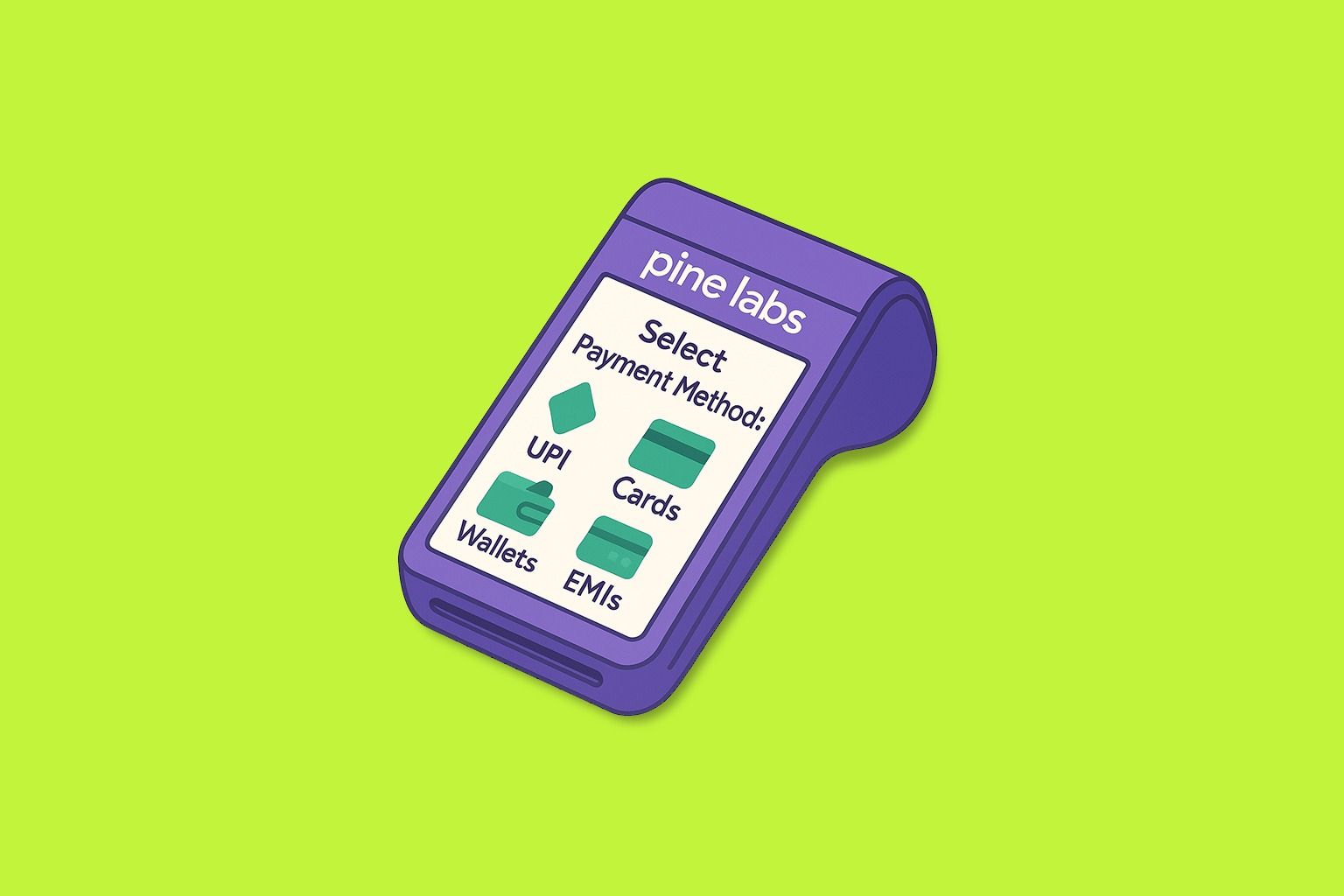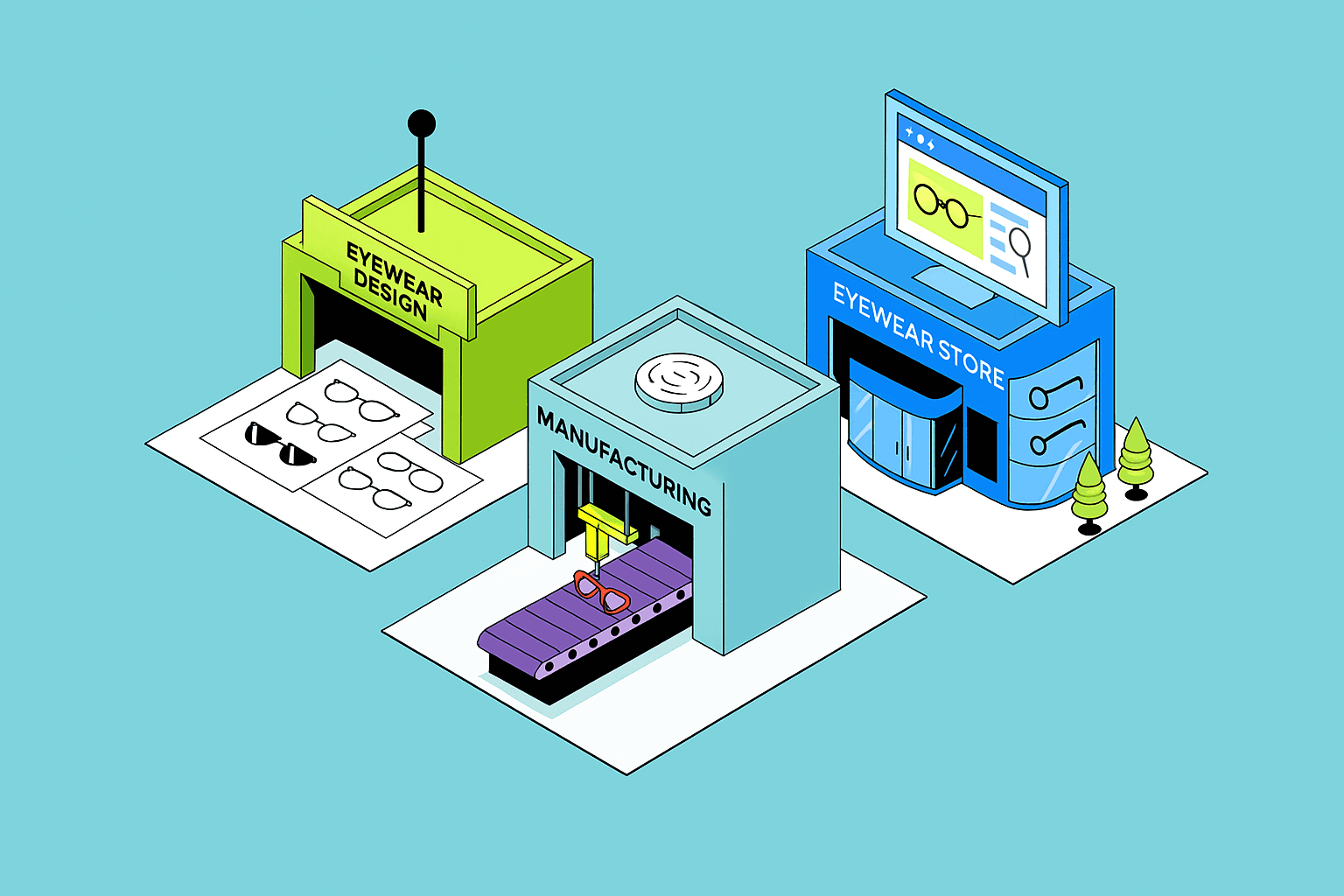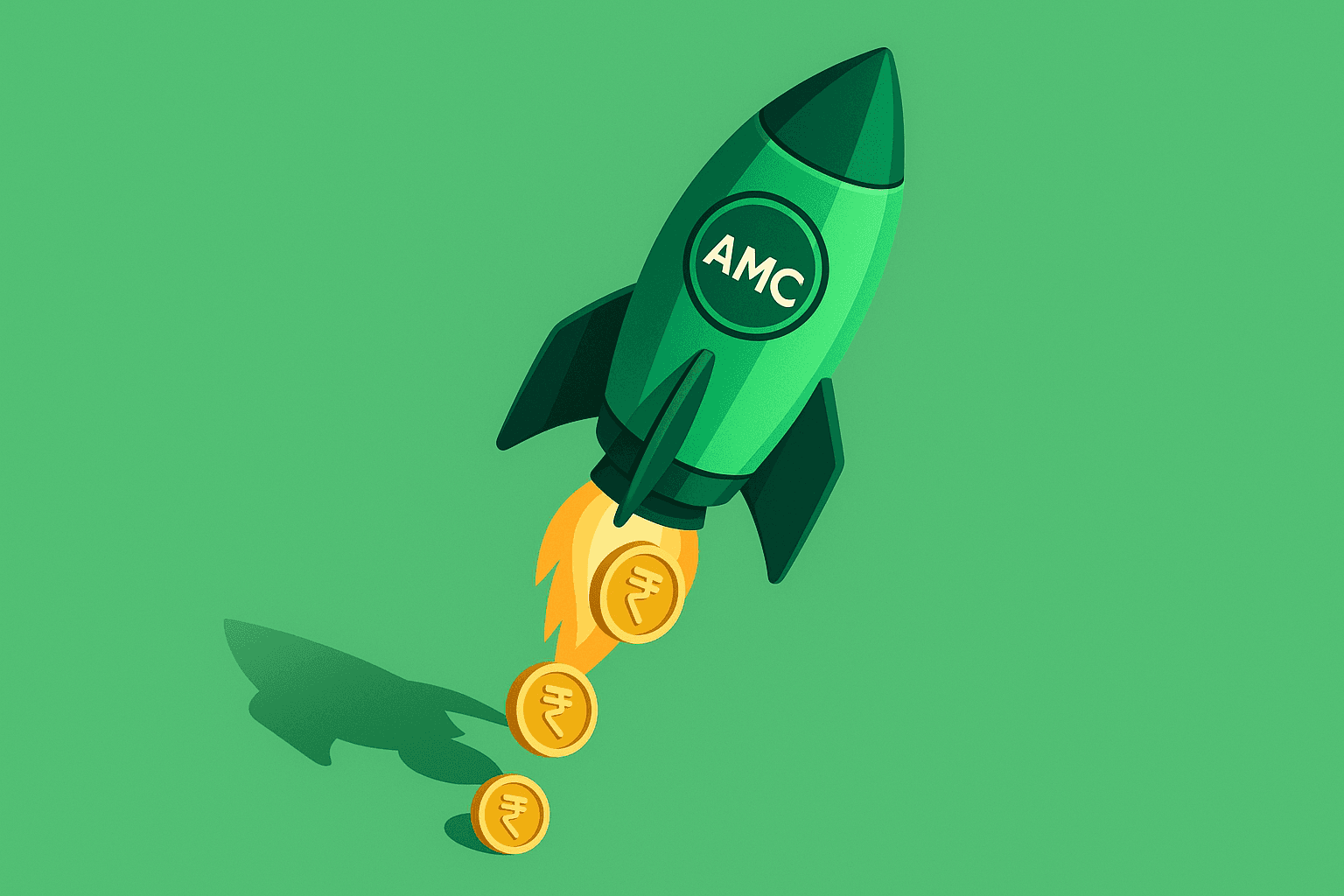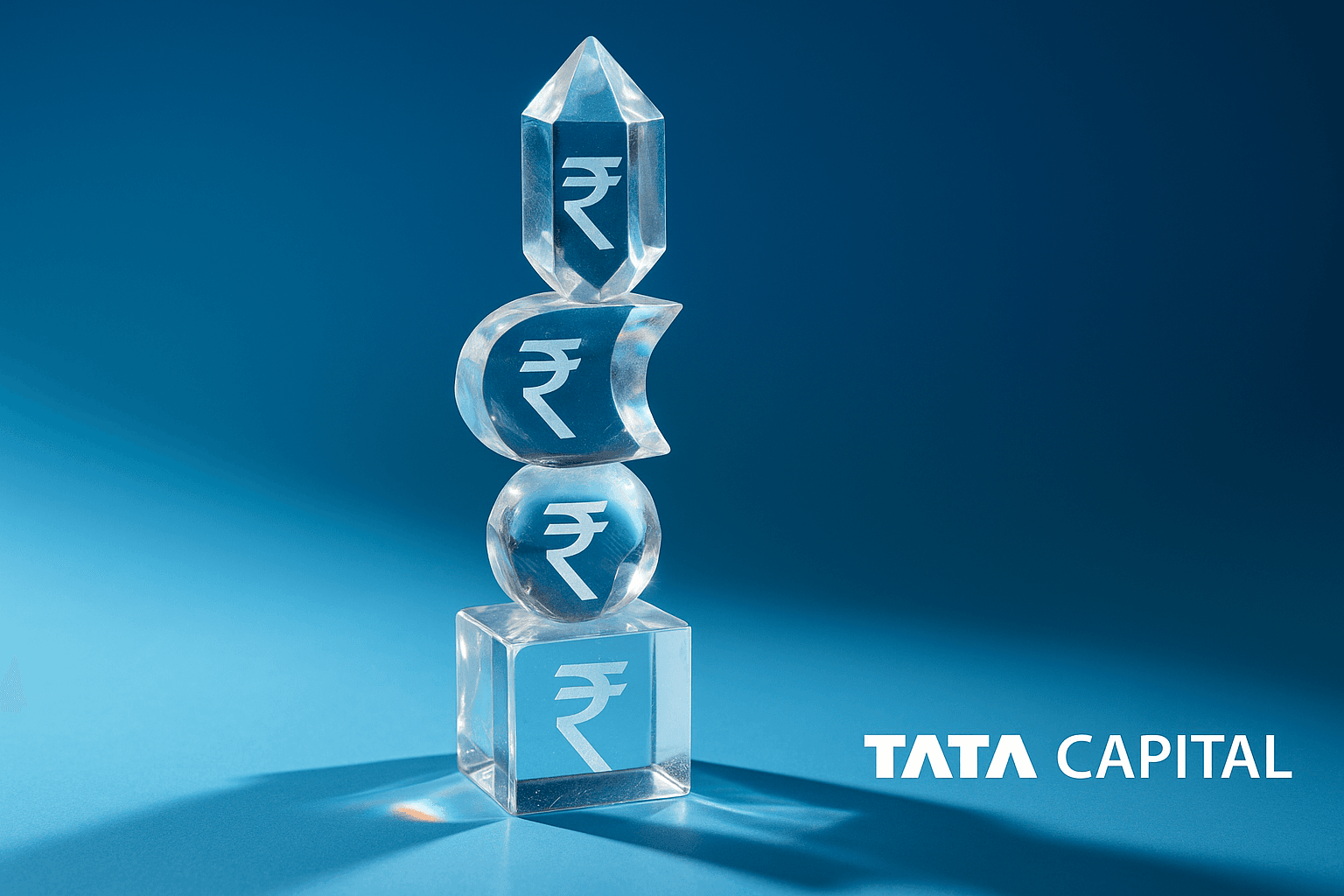
Unlocking NSDL Story: The Silent Backbone of India’s Investing Boom
By
Arihant Team
NSDL revolutionized India’s markets, shifting from paper to seamless digital trades. Securing over ₹400 lakh crore, it empowers investors and fuels growth—serving as the silent backbone of India’s financial revolution.
In This Article
- The Birth of NSDL: A Revolution in the Making
- How Big is NSDL Today?
- NSDL Financials: Last 2 Years at a Glance
- NSDL vs CDSL: What’s the Difference?
- NSDL Goes Beyond Being a Depository
- NSDL's Contribution to India’s Financial Market Growth
- Who Does NSDL Serve?
- Looking Ahead: What’s Next for NSDL?
- Wrapping Up
Imagine a time when buying a stock meant receiving a paper certificate, and selling it required couriering that piece of paper, waiting days sometimes weeks for it to be verified, and praying it didn’t get lost in transit. That’s exactly how India’s stock market worked before the mid 1990s.
Now, fast forward to today. You can buy or sell shares in seconds from your phone, and every transaction is safely recorded digitally. What made this massive shift possible?
Meet NSDL National Securities Depository Limited the largest depository in India in terms of the number of issuers, active instruments, market share in demat settlement volume, and the value of assets held under custody.
The Birth of NSDL: A Revolution in the Making
India’s capital markets were undergoing a transformation in the early 1990s. With increasing investor participation, the traditional system of physical share certificates started showing cracks delays, frauds, and massive paperwork slowed down everything.
To solve this, the National Securities Depository Limited (NSDL) was established in August 1996, headquartered in Mumbai, with a mission to digitize the way securities were held and traded. It introduced the Demat account allowing investors to hold their shares electronically and that changed everything.
NSDL was promoted by some of India’s most prominent financial institutions including:
- IDBI Bank Ltd.
- UTI (Unit Trust of India)
- National Stock Exchange (NSE)
These early backers played a critical role in building trust in this new system.
How Big is NSDL Today?
From its humble beginnings in 1996, NSDL has grown into a massive financial infrastructure powerhouse. As of mid 2025:
- Over 3 crores active Demat accounts
- Custody value of securities exceeding ₹400 lakh crore
- More than 2,80,000 service centres across 99% of India’s pin codes
- Tied up with 270+ Depository Participants (DPs)
It also offers e governance services and platforms like e Voting, e Sign, e KYC, and NSDL CAS (Consolidated Account Statement), which benefit not just investors but also regulators and institutions.
NSDL Financials: Last 2 Years at a Glance
So, how’s NSDL doing financially? Pretty solid, actually. Over the last two years, NSDL has shown consistent growth. In FY24, it clocked ₹1,365 crores in revenue with a net profit of ₹275 crores. The momentum continued in FY25, with revenue jumping to ₹1,535 crores and profit rising to ₹343 crores. That kind of steady performance highlights NSDL’s strong business model and its vital role in powering India’s capital markets.
NSDL vs CDSL: What’s the Difference?
Before you invest, it’s natural to wonder how does NSDL stack up against its biggest rival, CDSL? After all, they’re the only two depositories in India, and both play a crucial role in holding and managing your demat securities. Let’s break down how these two giants compare in terms of market share, business model, and financials.
| Feature | NSDL | CDSL |
| Established | 1996 | 1999 |
| Headquarters | Mumbai | Mumbai |
| Linked Stock Exchange | NSE | BSE |
| Initial Promoters | IDBI, UTI, NSE | BSE, Bank of India, HDFC Bank |
| Account Number Format | 14 characters (starts with ‘IN’) | 16 digit numeric |
| Target Audience | Institutional & HNI investors | Retail investors |
| Tech Focus | High volume, scalable systems | User friendly, simple tech |
| Cost Structure | Premium pricing | Competitive pricing |
| Market Share (Demat accounts) | 45% | 55% |
| Service Reach | Strong among urban and large investors | Dominant in rural and semi urban India |
India’s depository space is a tight duopoly only NSDL and CDSL handle all demat accounts in the country. And that’s unlikely to change anytime soon. The barriers to entry are massive: strict SEBI regulations, heavy investment in tech and cybersecurity, and the need to build a vast network of Depository Participants.
CDSL may lead in the number of accounts (~15.3 crore), but NSDL dominates in value managing about 85 87% of total dematerialised securities. Its strong presence among institutional and HNI investors gives it the edge in quality, even if CDSL wins on quantity.
In this duopoly, NSDL remains the heavyweight when it comes to real market value.
NSDL Goes Beyond Being a Depository
NSDL doesn’t just stop at managing Demat accounts and securities. It also offers a range of value added services like e voting, Consolidated Account Statements (CAS), and Non Disposal Undertakings (NDU) making it even easier for investors to manage their portfolios and participate in corporate governance.
NSDL also has two key subsidiaries that expand its role in the financial ecosystem:
- NSDL Database Management Limited (NDML): This arm handles several automation and e governance projects. One of its standout initiatives is the National Skills Registry, a trusted database that verifies the credentials of professionals working in the IT and ITeS sectors. NDML also supports e governance in Special Economic Zones (SEZs), streamlining administrative processes.
- NSDL Payments Bank Limited (NPBL): As the name suggests, this subsidiary operates as a payments bank. Its mission? To promote financial inclusion by offering simple banking solutions, especially to those in underserved areas.
Together, these services and subsidiaries help NSDL go beyond just being a depository it's actively shaping the future of India’s digital finance infrastructure.
NSDL's Contribution to India’s Financial Market Growth
NSDL isn’t just a backend utility it has played a transformational role in India’s financial evolution:
1. Digitization of Securities
NSDL enabled the transition from paper based to digital investing, making markets more efficient and investor friendly.
2. Boosted Retail Participation
By simplifying the investment process, NSDL helped millions of Indians become investors right from metro cities to Tier 3 towns.
3. Faster Settlement Cycle
It played a big role in shortening the settlement cycle to T+1, making India one of the fastest markets globally.
4. Regulatory Compliance and Transparency
Its systems ensure robust record keeping and reporting, helping investors, companies, and regulators stay in sync.
5. Support to Government Initiatives
NSDL has been a key player in e governance, handling Aadhaar authentication, e sign services, and online KYC, which support digital India initiatives.
Who Does NSDL Serve?
NSDL’s target audience includes:
- Institutional investors
- High Net Worth Individuals (HNIs)
- Mutual fund houses
- Insurance firms
- Listed companies
- Government agencies
- Retail investors via DPs
With a presence that covers nearly the entire country and partnerships with leading brokers and financial institutions, NSDL’s market reach is vast and deep.
Looking Ahead: What’s Next for NSDL?
Even though demat accounts in India have grown 4x in the last decade from 3.6 crore in FY13 to over 19.2 crore in FY25 that’s still just scratching the surface. And in the past year alone, over 4 crore new accounts were added. That’s a massive number. But the truth is we're just getting started.
With over 1.44 billion people, only about 13 14% of Indians have a demat account as of FY25. Compare that to 62% in the U.S., and you’ll see just how much headroom there is for growth. And the biggest beneficiaries? Undoubtedly NSDL is on the list.
And as India goes more digital, young investors enter the market, and Tier 2/3 cities become more financially literate NSDL stands to benefit in a big way. From stock investing to IPOs, debt instruments to mutual funds everything needs a demat account, and NSDL is at the heart of it.
Yes, there are risks like SEBI regulations, cybersecurity concerns, and rising competition but with this kind of untapped potential, NSDL is in a strong position to ride India’s investing boom for the long haul.
Wrapping Up
In a country where investing is just beginning to go mainstream, NSDL isn’t just riding the wave it’s powering it.
NSDL is more than just a depository it’s a pillar of India’s financial infrastructure. It has made stock investing safer, faster, and more accessible. While CDSL may have captured the lion’s share of retail investors, NSDL continues to thrive in the institutional space with robust systems, premium services, and consistent performance. As equity participation deepens and new investors flood the market, NSDL stands at the gateway, ready to capture the next billion dollar opportunity. For investors eyeing long term growth in India’s financial ecosystem, NSDL isn’t just a stock it’s a story in motion.
We hope this article could give you a good insight into NSDL and its business.
Related Topics




































